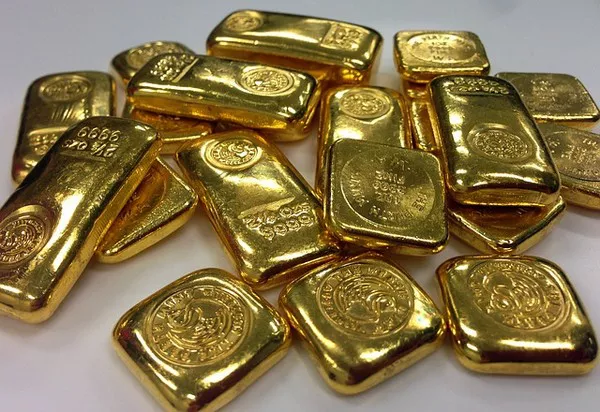Gold, with its timeless allure and enduring value, has been a symbol of wealth and status throughout human history. In various cultures, gold is measured in different units, and one such unit that carries historical significance is the tola. The tola, originating from the Indian subcontinent, has been a traditional unit of weight for precious metals, including gold. In this article, we will delve into the world of tola and demystify the question that often lingers in the minds of those entranced by the shimmering metal: How many grams are there in a tola of gold?
The Origin of the Tola
The term “tola” has its roots deeply embedded in the Indian subcontinent’s rich history. Historically, the tola was a widely used unit of mass in South Asia, primarily for measuring gold and silver. The word “tola” itself is derived from the Sanskrit word “tula,” meaning balance or scale. It reflects the ancient method of using balance scales to measure the weight of precious metals.
Traditionally, one tola is equivalent to 11.66 grams. However, variations in the exact weight exist in different regions, and these differences can be attributed to historical, cultural, and regional factors.
Understanding the Tola-Gram Conversion
To convert tolas into grams, one must use the standard conversion factor: 1 tola equals 11.66 grams. This conversion factor has been widely accepted, particularly in countries where the tola is still used as a unit for trading gold and silver. It’s essential to note that this conversion is specific to precious metals, and other commodities may have different conversion factors.
The Tola in Modern Times
While the tola has ancient roots, its relevance has persisted into modern times, particularly in the Indian subcontinent and neighboring regions. Even as the metric system became the standard for most measurements, the tola maintained its significance in the context of gold trading.
In countries like India, Pakistan, and Bangladesh, jewelers and gold traders often use the tola as a unit of measurement. This traditional practice is deeply ingrained in the cultural fabric, and consumers are familiar with prices quoted in tolas when purchasing gold jewelry or bullion.
Challenges and Variations
Despite its historical significance, the tola faces challenges in the contemporary world. The global standardization of weights and measures has led to a preference for the metric system, which uses grams and kilograms. This can create confusion, especially for those unfamiliar with the tola.
Moreover, variations in the weight of a tola persist across different regions. In some areas, a tola may be considered as equivalent to 10 grams rather than the standard 11.66 grams. These variations can create complications in international trade and finance, where standardized units are crucial for consistency and accuracy.
Cultural Significance
The tola’s persistence in certain regions is not merely a matter of convenience; it also holds cultural significance. In many South Asian cultures, the tola is deeply embedded in rituals, ceremonies, and traditions associated with weddings, festivals, and other celebrations. Gold, measured in tolas, is often exchanged as gifts during these special occasions, symbolizing prosperity and good fortune.
The Tola in the Global Market
While the tola may be less prevalent in international trade, its influence is not entirely diminished. In the global gold market, prices are quoted in troy ounces and grams. However, for the benefit of consumers in regions where the tola is still the preferred unit, prices are often converted and displayed accordingly.
Gold traders and refineries in these regions maintain a keen awareness of the tola’s significance and its associated conversion factors. This dual pricing system allows for seamless integration into the global market while catering to local preferences and practices.
Conclusion
In the enchanting world of gold, where every gleaming ounce tells a story of wealth and prosperity, the tola stands as a testament to the enduring influence of tradition. While the metric system dominates much of the modern world, the tola persists, weaving itself into the cultural and economic fabric of the Indian subcontinent and beyond.
As we unravel the mystery of how many grams are in a tola of gold, we discover not just a unit of weight but a bridge between ancient practices and contemporary commerce. The tola’s journey through time reflects the resilience of tradition in the face of global standardization, offering a glimpse into the rich tapestry of human history and culture.


